Home>Furniture>Living Room Furniture>What Can I Put Under Couch Cushions For Support
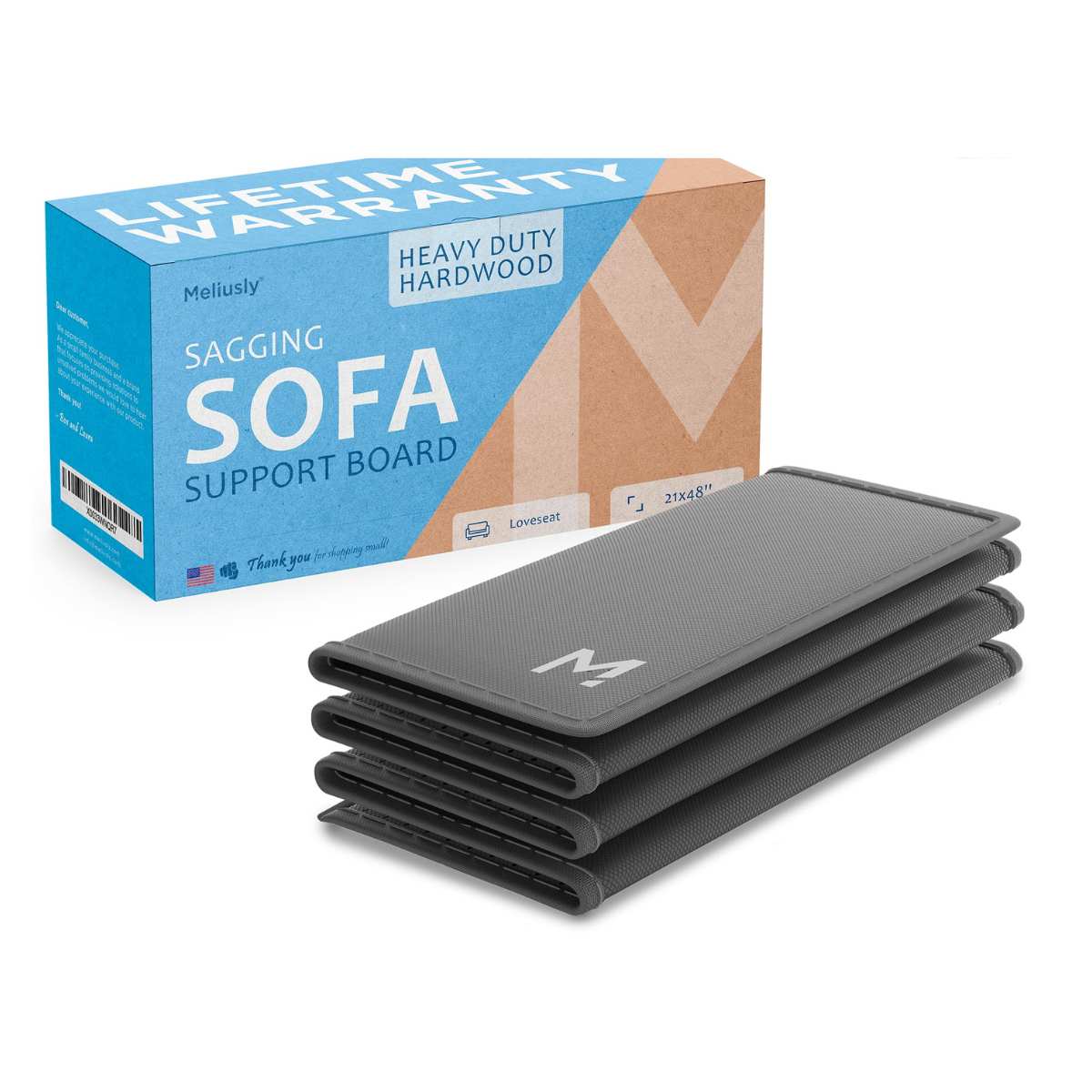

Living Room Furniture
What Can I Put Under Couch Cushions For Support
Modified: October 21, 2024
Looking for extra support for your living room furniture? Discover the best solutions to put under couch cushions for added comfort and longevity.
(Many of the links in this article redirect to a specific reviewed product. Your purchase of these products through affiliate links helps to generate commission for Storables.com, at no extra cost. Learn more)
Introduction
When it comes to our living room furniture, the couch often takes center stage. It’s the place where we relax, unwind, and gather with friends and family. However, over time, the cushions on our couch may start to lose their shape and support, leaving us with uncomfortable seating and an unsightly appearance. But fear not! There are solutions to revive your couch cushions and bring back the comfort and support they once had.
Adding support under your couch cushions is crucial for maintaining their shape, preventing sagging, and preserving the overall longevity of your couch. Whether you have a new couch or an old favorite, taking steps to provide additional support can make a world of difference in your seating experience.
In this article, we will explore the importance of support for couch cushions, common issues that arise with couch cushions, and various solutions to add support under your couch cushions. So, let’s dive in and discover how you can give your couch a much-needed boost!
Key Takeaways:
- Revive your couch cushions with foam inserts, plywood boards, or supportive fillers to maintain shape, enhance comfort, and extend lifespan. DIY options offer creative and cost-effective solutions for added support.
- Prevent sagging and discomfort by using non-slip underlay, memory foam toppers, or specialized sofa cushion supports. Get creative with DIY solutions to customize and revitalize your couch cushions.
Importance of Support for Couch Cushions
Support is key when it comes to the comfort and longevity of your couch cushions. Without proper support, your cushions may start to sag, flatten, or develop uneven areas, resulting in an uncomfortable seating experience. Here’s why support for couch cushions is so important:
- Preserves Cushion Shape: Over time, the foam or filling inside your couch cushions can deteriorate and lose its shape. This can lead to sagging and uneven cushioning, making it difficult to find a comfortable seating position. Adding support can help maintain the cushion’s shape and provide a level surface to sit on.
- Enhances Comfort: A couch with insufficient support can feel lumpy or uneven, causing discomfort for those sitting on it. By adding support, you can improve the overall comfort of your couch, providing a more enjoyable seating experience for you and your guests.
- Extends Cushion Lifespan: Adding support to your couch cushions can help prolong their lifespan. When cushions sag or flatten, they exert more pressure on the bottom layers of foam or filling, causing them to wear out faster. By providing support, you distribute the weight evenly across the cushion, reducing wear and tear and extending its lifespan.
- Improves Posture and Back Support: Proper support for your couch cushions is essential for maintaining good posture and providing adequate back support. Sitting on a sagging couch can result in poor spinal alignment and contribute to back, neck, and shoulder pain. Adding support can help align your spine and alleviate discomfort.
- Enhances Aesthetics: Sagging cushions can give your couch a worn and unkempt appearance, regardless of its overall condition. By adding support, you can restore the fullness and shape of your cushions, giving your couch a fresh and appealing look.
Now that we understand the importance of support for couch cushions, let’s explore some of the most common issues that arise with couch cushions and the solutions to address them.
Common Issues with Couch Cushions
Couch cushions can encounter various issues over time, leading to discomfort and a less-than-ideal seating experience. Understanding these common issues can help you identify the best solutions to address them. Here are some of the most common issues you may encounter with your couch cushions:
- Sagging: Sagging cushions are a prevalent problem, especially in older couches. This occurs when the foam or filling inside the cushions loses its firmness and support, causing the cushions to sink and lose their shape.
- Flattening: Flattened cushions are another common issue. With regular use, the foam or filling in the cushions can compress, resulting in a loss of cushioning and support.
- Lumps and Unevenness: As the foam or filling inside the cushions deteriorates, it may shift or clump, leading to lumps and an uneven surface. This can be uncomfortable and affect the appearance of your couch.
- Uncomfortable Seating: When cushions lack support, sitting on the couch can become uncomfortable. You may feel like you’re sinking, or there may be insufficient padding to cushion your body properly.
- Loss of Resilience: Over time, the foam or filling in couch cushions can lose its resilience, making it less effective at bouncing back to its original shape. This can contribute to sagging and flattening.
- Appearance: As cushions sag, flatten, or become uneven, the overall appearance of your couch can be negatively impacted. Instead of a neat and inviting look, you’re left with a couch that appears worn and neglected.
Now that we have identified the common issues with couch cushions, let’s explore various solutions to add support under your couch cushions and revive their comfort and appearance.
Solutions for Adding Support Under Couch Cushions
When it comes to adding support under your couch cushions, there are several effective solutions to choose from. The right solution for you will depend on the extent of the issue, your budget, and personal preference. Here are some of the most popular options:
- Foam Inserts: Foam inserts are a quick and convenient way to add extra support to your couch cushions. These inserts are typically made of high-density foam and can be inserted underneath the existing cushions to provide extra firmness and resilience.
- Plywood or MDF Boards: Another effective solution is placing plywood or medium-density fiberboard (MDF) boards under your couch cushions. Cut the boards to fit the size of your seats and place them on the existing cushion support system. This provides a solid base and prevents sagging.
- Supportive Cushion Fillers: If your cushions have lost their original filling, replacing it with a more supportive filler can rejuvenate their comfort. Options like high-density foam, memory foam, or polyester fiberfill can provide better support and cushioning.
- Rolled Towels or Blankets: For a quick and budget-friendly fix, you can roll up towels or blankets and place them strategically under the cushions. This helps fill any gaps, provides extra support, and improves the cushion’s shape.
- Non-Slip Underlay: Non-slip underlay is typically used to keep rugs or mats in place, but it also works well to prevent cushions from sliding or shifting. Place a non-slip underlay between the cushion and the couch base to provide additional stability and support.
- Memory Foam Mattress Toppers: Memory foam mattress toppers are designed to provide optimum support and cushioning. Cut the topper to fit the size of your couch cushions and place it underneath the existing cushions. This can significantly improve the comfort and support of your seating.
- Sofa Cushion Supports: There are specialized products available specifically designed to provide support for couch cushions. These cushion supports come in various shapes and sizes and can be placed underneath the cushions to provide additional stability and prevent sagging.
- DIY Solutions for Added Support: If you’re feeling creative, there are endless DIY options for adding support to your couch cushions. For example, you can create a grid-like support system using zip ties and wooden slats or sew additional layers of fabric onto the existing cushion covers to add extra padding.
By choosing the right solution for your couch cushions, you can revive their support, comfort, and appearance. Experiment with different options to find the perfect balance for your needs.
Now that you know how to add support under your couch cushions, you can enjoy a comfortable and inviting seating experience. Don’t let sagging cushions dampen your relaxation time; take action and give your couch the support it deserves!
Foam Inserts
Foam inserts are a simple and effective solution for adding support to your couch cushions. These inserts are made of high-density foam and are designed to provide extra firmness and resilience to sagging cushions. Here’s how you can use foam inserts to revive your couch:
- Measure and Cut: Start by measuring the dimensions of your couch cushions. Then, purchase foam inserts that are slightly larger than the cushion size to ensure a snug fit. Using a sharp knife or electric cutter, carefully cut the foam inserts to match the dimensions of your cushions.
- Remove Cushion Covers: If your couch cushions have removable covers, take them off to access the foam inside. If the cushions are non-removable, carefully unzip or peel back the fabric covering.
- Insert the Foam: Place the foam inserts on top of the existing foam or filling inside the cushion covers. Make sure they are centered and aligned properly. Gently press down to ensure they sit snugly inside the cover.
- Replace the Cushion Covers: If you removed the cushion covers, carefully put them back in place. Ensure that the covers are fully zipped or closed to keep the foam inserts secure. Smooth out any wrinkles or creases in the fabric.
- Test and Adjust: Sit on the couch to test the new foam inserts. You should notice a significant improvement in cushion support and firmness. If you feel that additional support is needed, you can add more foam inserts or adjust their placement to achieve the desired comfort level.
- Maintenance: Over time, the foam inserts may compress slightly. To maintain their support, you can periodically flip or rotate the cushions to distribute the weight evenly. Additionally, consider fluffing or gently massaging the inserts to help them regain their shape.
Foam inserts are an affordable and straightforward solution for adding support to your couch cushions. They can help revive sagging cushions and enhance the overall comfort of your seating. With proper installation and maintenance, foam inserts can provide long-lasting support for your couch.
Now that you know how to use foam inserts to add support under your couch cushions, you can enjoy a more comfortable and inviting seating experience. Say goodbye to sagging cushions and hello to a rejuvenated couch!
Read more: What To Do With Old Couch Cushions
Plywood or MDF Boards
If your couch cushions are sagging and in need of extra support, using plywood or medium-density fiberboard (MDF) boards can be an effective solution. These boards provide a solid base that prevents cushions from sinking and helps maintain their shape. Here’s how you can use plywood or MDF boards to add support to your couch cushions:
- Measure and Cut: Start by measuring the dimensions of your couch cushions. Using a measuring tape and a saw, cut the plywood or MDF boards to match the size and shape of your cushions. It’s recommended to use boards that are ½ to ¾ inch thick for optimal support.
- Remove Cushions: Take out the cushions from your couch. If they have removable covers, unzip or unfasten them to access the cushion’s interior. If the cushions are non-removable, carefully lift the edges of the fabric covering to expose the foam or filling.
- Place the Boards: Position the cut plywood or MDF boards on the existing support system of your couch. Ensure they are aligned and centered evenly under each cushion. The boards should cover the entire area of the cushion for maximum support.
- Replace the Cushions: Carefully put the cushions back in place, ensuring that they rest on top of the newly inserted boards. Smooth out any wrinkles or creases in the fabric if the cushions have removable covers.
- Test and Adjust: Sit on the couch to test the cushions with the added support of the boards. You should notice a significant improvement in cushion firmness and support. If you feel that additional support is needed, you can try using thicker boards or adding extra layers.
- Secure the Boards (Optional): For added stability, you can choose to secure the boards to the couch frame using screws or adhesive. This will ensure that the boards remain in place and provide consistent support.
Using plywood or MDF boards is an efficient and cost-effective solution for adding support to your couch cushions. The solid surface provided by the boards helps prevent sagging and promotes even weight distribution, resulting in improved cushion firmness and longevity.
Remember to periodically check the boards and readjust them if necessary. Over time, they may shift slightly, so monitoring their position ensures optimal support.
Now that you know how to use plywood or MDF boards to add support under your couch cushions, you can revitalize your seating experience. Say goodbye to sagging cushions and enjoy the comfort and longevity provided by this simple solution!
Supportive Cushion Fillers
If your couch cushions have lost their original firmness and support, replacing the filling with more supportive materials can bring them back to life. There are several options to consider, including high-density foam, memory foam, or polyester fiberfill. Here’s how you can use supportive cushion fillers to add extra support to your couch cushions:
- Assess the Cushion Condition: Start by evaluating the condition of your couch cushions. If the existing filling is compressed, worn out, or no longer provides adequate support, it’s time for a replacement.
- Choose the Right Filling Material: Depending on your preference and budget, select a filling material that offers the level of support you desire. High-density foam is known for its durability and resilience. Memory foam molds to your body shape for personalized comfort. Polyester fiberfill provides a soft and fluffy cushioning.
- Remove Cushion Covers: If your couch cushions have removable covers, unzip or unfasten them to access the filling inside. Carefully remove the existing filling and set it aside for disposal or future use.
- Add New Filling: Measure the dimensions of your cushion covers to determine how much new filling material you’ll need. Fill the cushions with the chosen supportive filler, making sure to distribute it evenly to achieve a uniform appearance.
- Fluff and Shape: Once the fillings are added, fluff and shape the cushions by pressing and manipulating them to distribute the filling evenly. This will help the cushions regain their plumpness and provide consistent support.
- Replace the Cushion Covers: Put the cushion covers back on, ensuring they are properly aligned and fully closed. Smooth out any wrinkles or folds, creating a neat and appealing appearance.
- Sit and Test: Take a seat on your couch to test the newly filled cushions. You should feel improved support and comfort compared to the worn-out filling. Adjust the filling if needed by adding or removing material until you achieve the desired level of support.
Using supportive cushion fillers is a great way to rejuvenate your couch cushions and extend their lifespan. By replacing the worn-out filling with a more supportive material, you can enjoy enhanced comfort and a more resilient seating experience.
Keep in mind that different fillers have varying levels of firmness, so choose the one that best suits your comfort preferences. Additionally, periodically fluff and rotate the cushions to maintain their shape and prevent uneven wear.
Now that you know how to use supportive cushion fillers to add extra support to your couch cushions, it’s time to give your seating a much-needed boost. Say goodbye to sagging cushions and hello to a more comfortable and supportive couch!
You can put plywood, foam boards, or a sagging support panel under couch cushions for extra support. These materials will help prevent the cushions from sinking and provide a firmer seating surface.
Rolled Towels or Blankets
If you’re looking for a quick and budget-friendly solution to add support to your couch cushions, rolled towels or blankets can do the trick. This simple technique helps fill gaps, provides extra support, and improves the shape of sagging cushions. Here’s how you can use rolled towels or blankets to give your couch cushions a boost:
- Assess the Cushion Condition: Evaluate the condition of your couch cushions. If they have lost their firmness and appear saggy or uneven, rolled towels or blankets can help improve their support.
- Choose Suitable Towels or Blankets: Select towels or blankets that are thick and durable enough to withstand regular use. Consider folding and rolling them to achieve the desired thickness for added support.
- Remove Cushion Covers: If your couch cushions have removable covers, unzip or unfasten them to access the foam or filling. If the cushions are non-removable, carefully lift the edges of the fabric covering to expose the cushion’s interior.
- Roll the Towels or Blankets: Start by folding the towel or blanket lengthwise to the desired thickness. Roll it tightly to create a firm bolster-like shape that fits the width of the cushion.
- Insert the Rolled Towels or Blankets: Place the rolled towels or blankets along the edges or in the empty spaces underneath the existing foam or filling. The goal is to provide additional support and fill any gaps to improve the cushion’s shape and firmness.
- Replace the Cushion Covers: Carefully put the cushion covers back on, ensuring that they fit snugly over the rolled towels or blankets. Smooth out any wrinkles or folds in the fabric for a neat appearance.
- Test and Adjust: Sit on the couch to test the cushions with the added support of the rolled towels or blankets. You should notice a difference in cushion firmness and support. Adjust the placement or thickness of the rolled towels or blankets as needed to achieve optimal comfort.
Using rolled towels or blankets is a simple yet effective way to add support to your couch cushions. This method helps lift sagging cushions, fill gaps, and provide a more comfortable seating experience.
Keep in mind that while this solution can provide temporary support, eventually, the rolled towels or blankets may need readjustment or replacement. Regularly inspect and fluff them to maintain the desired level of support.
Now that you know how to use rolled towels or blankets to add extra support to your couch cushions, you can enjoy improved comfort and revive the appearance of your seating area. Say goodbye to sagging cushions and hello to a more inviting and supportive couch!
Non-Slip Underlay
If you’re looking for a solution to prevent your couch cushions from sliding or shifting, non-slip underlay can be a game-changer. Non-slip underlay is typically used to keep rugs or mats in place, but it also works well to stabilize cushions on your couch. Here’s how you can use non-slip underlay to add extra stability and support:
- Purchase Non-Slip Underlay: Look for non-slip underlay that is specifically designed for furniture and cushion grip. Choose a size that matches the dimensions of your couch cushions or cut it to fit.
- Remove Cushions: Take out the cushions from your couch. If they have removable covers, unzip or unfasten them to access the cushion’s interior. If the cushions are non-removable, carefully lift the edges of the fabric covering to expose the foam or filling.
- Cut the Underlay: Using scissors or a utility knife, cut the non-slip underlay to fit the size of your couch cushions. Cut it slightly smaller than the dimensions of the cushions to ensure it remains hidden from view.
- Place the Underlay: Position the cut pieces of non-slip underlay on the existing cushion support system of your couch. Make sure they cover the entire area where the cushions will sit, leaving no exposed spaces.
- Replace the Cushions: Carefully put the cushions back in place, ensuring that they rest on top of the non-slip underlay. The underlay will grip the cushions, preventing them from sliding or shifting during use.
- Test and Adjust: Sit on the couch and check if the cushions remain in place without slipping. If necessary, adjust the position or trim the underlay to ensure a proper fit. You can also add additional pieces of underlay in areas where more stability is needed.
Non-slip underlay is an excellent solution for keeping your couch cushions securely in place. It provides stability and prevents annoying cushion movement, enhancing your overall seating experience.
Remember to periodically check the underlay’s position and readjust it if necessary. Over time, it may shift slightly, especially with frequent use. Monitoring and maintaining the underlay’s placement will ensure consistent support and prevent cushions from slipping.
Now that you know how to use non-slip underlay to add extra stability and support to your couch cushions, you can enjoy a more secure and hassle-free seating experience. Say goodbye to constantly adjusting your cushions and hello to a stable and comfortable couch!
Read more: What Is The Best Filling For Couch Cushions
Memory Foam Mattress Toppers
If you’re looking for a luxurious and comfortable solution to add support to your couch cushions, memory foam mattress toppers are an excellent option. These toppers are designed to provide optimal support and cushioning, contouring to your body’s shape for personalized comfort. Here’s how you can use memory foam mattress toppers to revitalize your couch:
- Measure Your Cushions: Start by measuring the dimensions of your couch cushions. This will help you determine the appropriate size of memory foam mattress topper to purchase.
- Purchase a Memory Foam Mattress Topper: Look for a high-quality memory foam mattress topper that matches the measurements of your couch cushions. Ensure that the thickness of the topper is suitable for your desired level of support and comfort.
- Cut the Topper: If needed, use a sharp utility knife or pair of scissors to cut the memory foam mattress topper to match the dimensions of your couch cushions. Make precise cuts to achieve a perfect fit.
- Remove Cushion Covers: If your couch cushions have removable covers, unzip or unfasten them to access the foam or filling. If the cushions are non-removable, carefully lift the edges of the fabric covering to expose the cushion’s interior.
- Place the Memory Foam Topper: Lay the cut memory foam mattress topper on top of the existing foam or filling inside the cushion covers. Ensure that it’s centered and aligned properly to provide consistent support across the cushion’s surface.
- Replace the Cushion Covers: Put the cushion covers back on, ensuring that they fit snugly over the memory foam topper. Smooth out any wrinkles or folds in the fabric for a neat and seamless appearance.
- Test and Enjoy: Sit on the couch and experience the enhanced comfort and support provided by the memory foam topper. You should notice a significant improvement in cushion firmness and the ability of the topper to contour to your body.
Memory foam mattress toppers offer exceptional support and cushioning, creating a luxurious seating experience on your couch. With their ability to conform to your body’s shape, they help alleviate pressure points and provide personalized comfort.
Remember to periodically rotate and flip the cushions to evenly distribute the weight on the memory foam topper. This will help maintain its shape and prevent uneven wear.
Now that you know how to use memory foam mattress toppers to add extra support and comfort to your couch cushions, you can enjoy a plush and rejuvenating seating experience. Say goodbye to sagging cushions and hello to the unmatched comfort of memory foam!
Sofa Cushion Supports
If you’re looking for a specialized solution to add support to your couch cushions, sofa cushion supports are designed specifically for this purpose. These supports come in various shapes and sizes, providing extra stability and preventing sagging. Here’s how you can use sofa cushion supports to revive your couch:
- Assess Your Cushions: Examine the condition of your couch cushions to determine if they require additional support. If they are sagging or losing their shape, sofa cushion supports can be an effective solution.
- Choose Suitable Sofa Cushion Supports: Select sofa cushion supports that are compatible with the size and shape of your couch. These supports are usually made of durable materials like plastic or metal and come in various designs, including slats, grids, or panels.
- Remove Cushions: Take out the cushions from your couch. If they have removable covers, unzip or unfasten them to access the foam or filling. If the cushions are non-removable, carefully lift the edges of the fabric covering to expose the cushion’s interior.
- Position the Supports: Place the sofa cushion supports on the existing cushion support system of your couch. Ensure they are evenly distributed and aligned under each cushion. The supports should cover the entire area to provide consistent support.
- Replace the Cushions: Carefully put the cushions back in place, ensuring that they rest on top of the sofa cushion supports. Adjust the cushions as needed to ensure they are centered and aligned properly.
- Test and Adjust: Sit on the couch to test the cushions with the added support of the sofa cushion supports. You should notice a significant improvement in cushion firmness and stability. If necessary, adjust the placement or position of the supports to achieve optimal support and comfort.
Sofa cushion supports are specifically designed to address sagging cushions and provide targeted support where it’s needed the most. They help distribute weight evenly, preventing strain on the foam or filling and prolonging the life of your cushions.
Keep in mind that different couch models may require specific types of sofa cushion supports. It’s best to choose supports that are compatible with the structure and design of your couch for optimal effectiveness.
Now that you know how to use sofa cushion supports to add extra stability and prevent sagging in your couch cushions, you can enjoy a more supportive and comfortable seating experience. Say goodbye to sinking cushions and hello to a revitalized and dependable couch!
DIY Solutions for Added Support
If you’re a fan of creativity and enjoy a hands-on approach, there are several DIY solutions you can try to add support to your couch cushions. These options allow you to customize the level of support and get creative with materials you have on hand. Here are a few DIY solutions for added support:
- Zip Ties and Wooden Slats: Create a grid-like support system by using zip ties to secure wooden slats or boards together. Place this DIY support structure underneath the cushions to provide a solid foundation and prevent sagging.
- Additional Layers of Fabric: If your cushions have removable covers, consider sewing additional layers of fabric onto the existing covers. This technique adds extra padding and support to the cushions, helping them regain their shape and firmness.
- Webbing Belts: Webbing belts, commonly used in furniture upholstery, can be an effective DIY solution for added support. Attach the belts to the bottom of your couch frame and loop them across the cushion support area to provide extra stability and prevent sagging.
- Plywood Base: Remove the existing cushion support system and replace it with a sturdy plywood base. Cut the plywood to fit the dimensions of your couch frame and attach it securely. This DIY solution provides a solid foundation for your cushions.
- Layered Blankets: Fold and layer thick blankets horizontally under the cushions to add extra support. This DIY method helps fill gaps and provides a uniform surface for the cushions to rest on.
- Reinforce Existing Support: Assess the current support system of your couch and reinforce weak areas. This can involve adding additional screws, brackets, or other hardware to provide extra stability and prevent sagging.
DIY solutions for added support offer flexibility and the opportunity to customize your cushions according to your specific needs. They can be fun and cost-effective alternatives to traditional methods.
Keep in mind that DIY solutions require careful planning and consideration of your couch’s structure and design. Take appropriate safety measures and ensure that any modifications you make do not compromise the integrity of your couch.
Now that you have some DIY solutions for added support, you can get creative and embark on a project to give your couch cushions a personalized touch. Say goodbye to sagging cushions and hello to a customized and well-supported seating experience!
Conclusion
Adding support to your couch cushions is essential for maintaining their shape, enhancing comfort, and extending their lifespan. Whether your cushions are sagging, flattened, or lacking support, there are various solutions to revitalize them and improve your seating experience.
In this article, we’ve explored the importance of support for couch cushions and common issues that can arise, such as sagging, flattening, and discomfort. We’ve also discussed several solutions to add support under your couch cushions, including foam inserts, plywood or MDF boards, supportive cushion fillers, rolled towels or blankets, non-slip underlay, memory foam mattress toppers, sofa cushion supports, and DIY alternatives.
Each of these solutions offers its own unique benefits, and the right one for you will depend on your specific needs, budget, and personal preferences. Whether you opt for a quick fix like rolled towels or invest in memory foam mattress toppers for ultimate comfort, the key is to provide proper support and restore the cushion’s shape.
Remember to consider the size and shape of your couch cushions, as well as any removable covers, when choosing the appropriate solution. Regular maintenance, such as flipping and rotating cushions, is also crucial to ensure long-lasting support and cushion longevity.
Now that you have a comprehensive understanding of the various solutions available, you can confidently take steps to add support to your couch cushions. Revitalize your seating area, improve your comfort, and enhance the overall aesthetic appeal of your living room.
Say goodbye to sagging and uncomfortable cushions, and hello to a well-supported and enjoyable seating experience on your couch!
Frequently Asked Questions about What Can I Put Under Couch Cushions For Support
Was this page helpful?
At Storables.com, we guarantee accurate and reliable information. Our content, validated by Expert Board Contributors, is crafted following stringent Editorial Policies. We're committed to providing you with well-researched, expert-backed insights for all your informational needs.


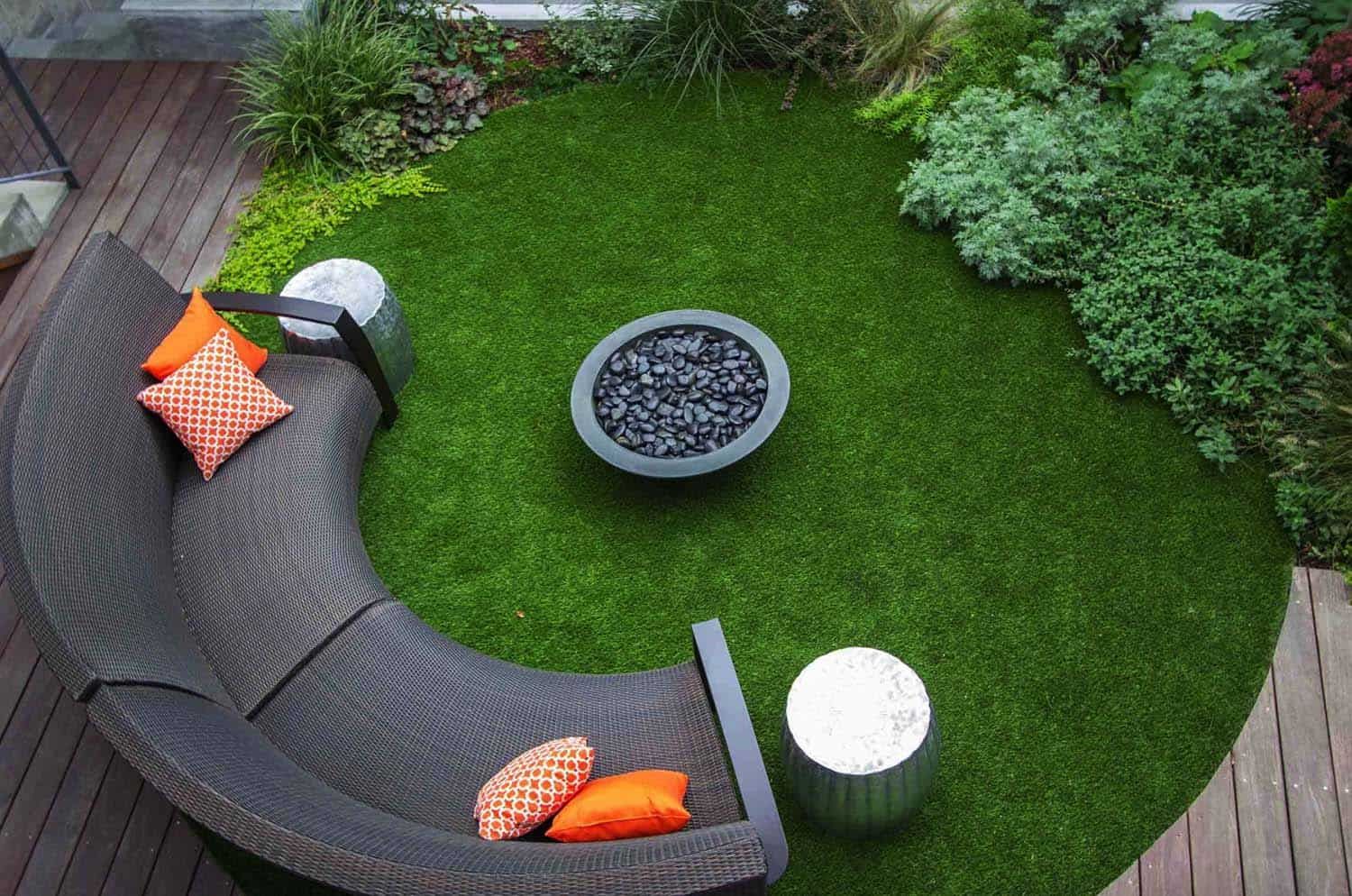
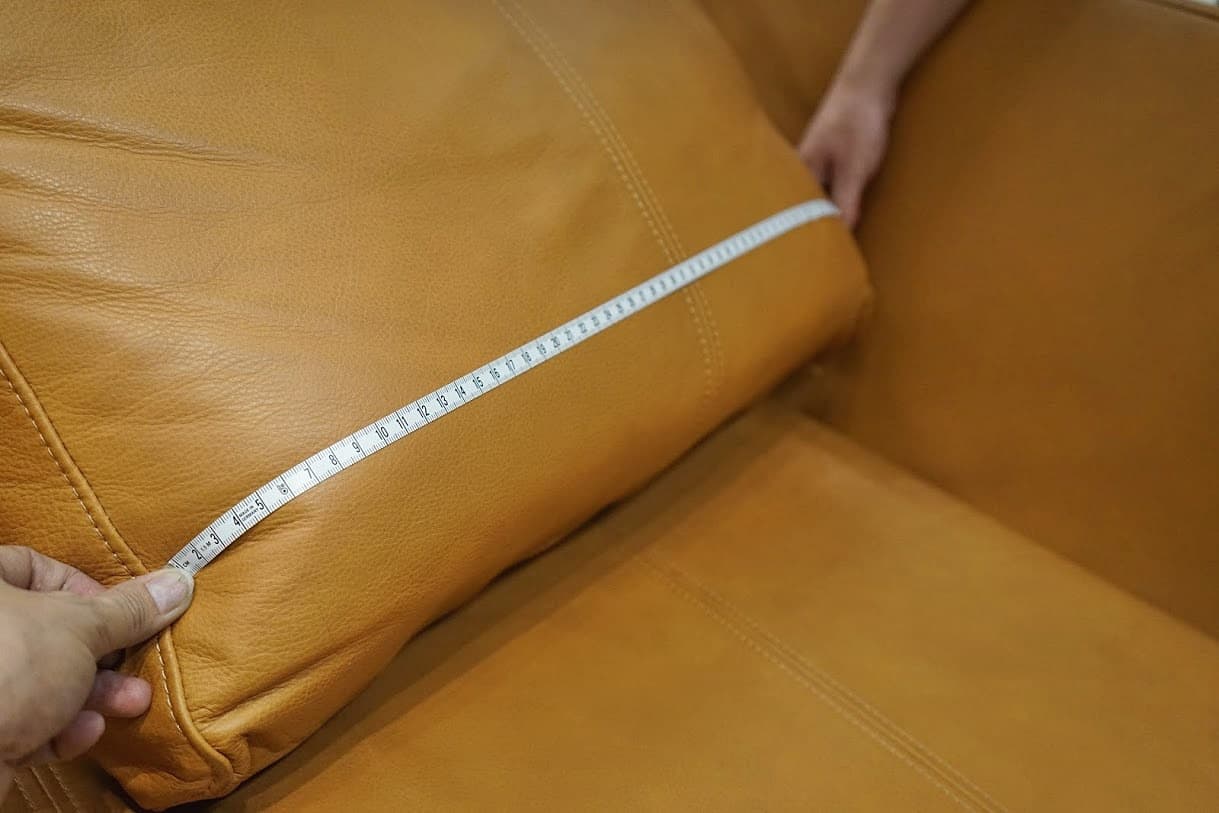
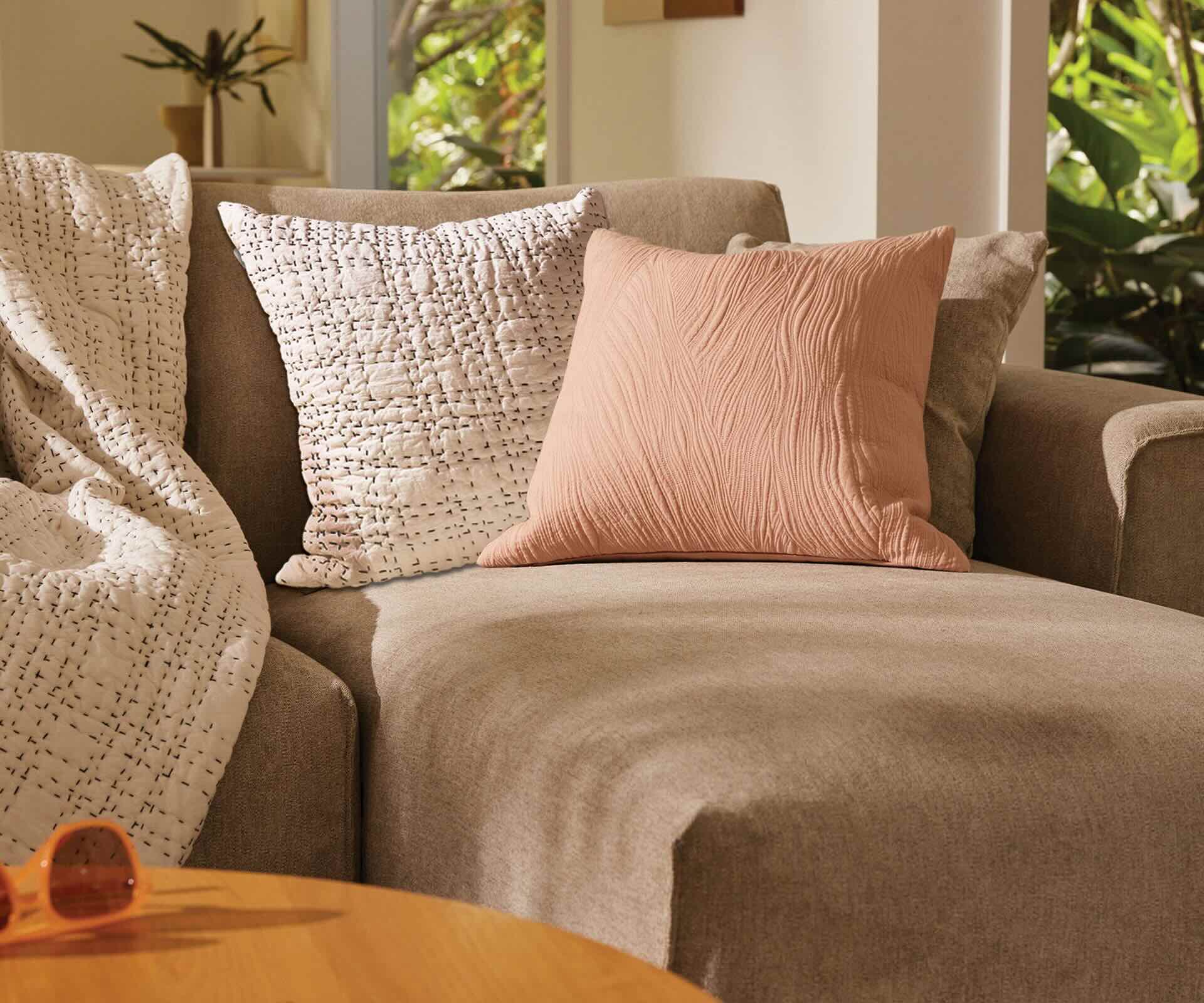
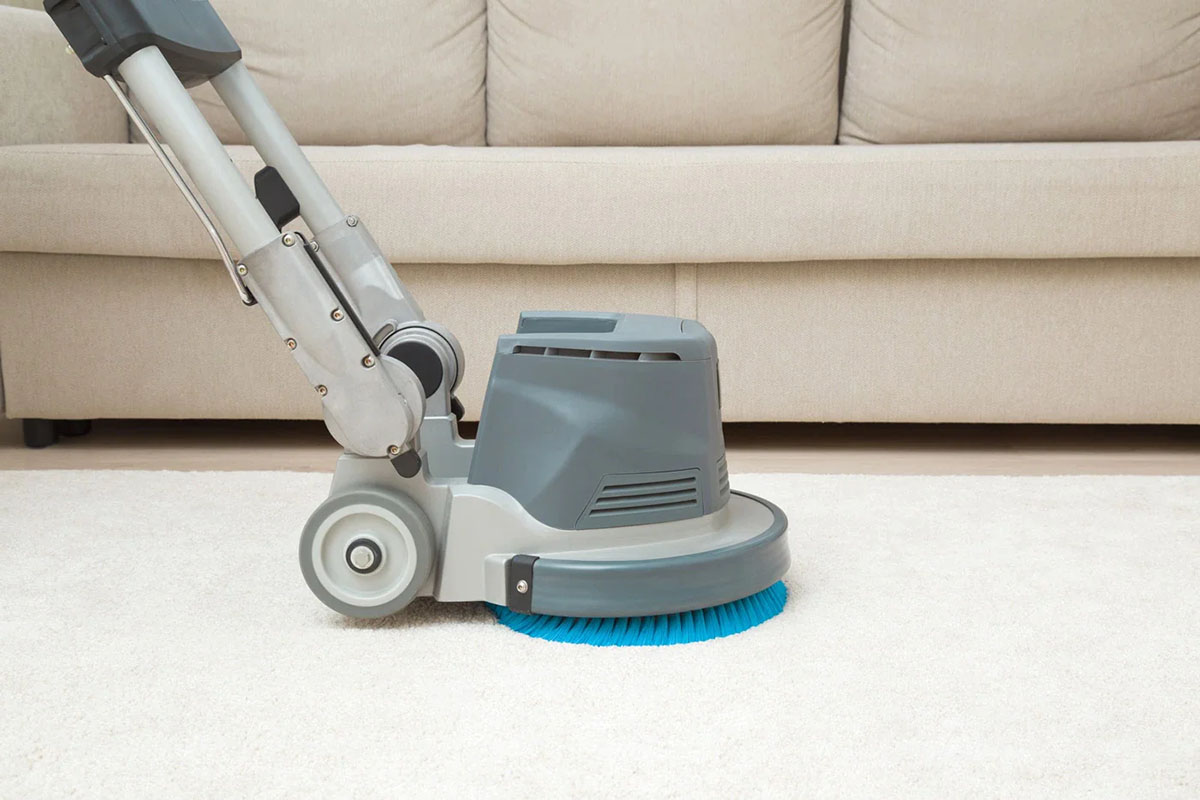

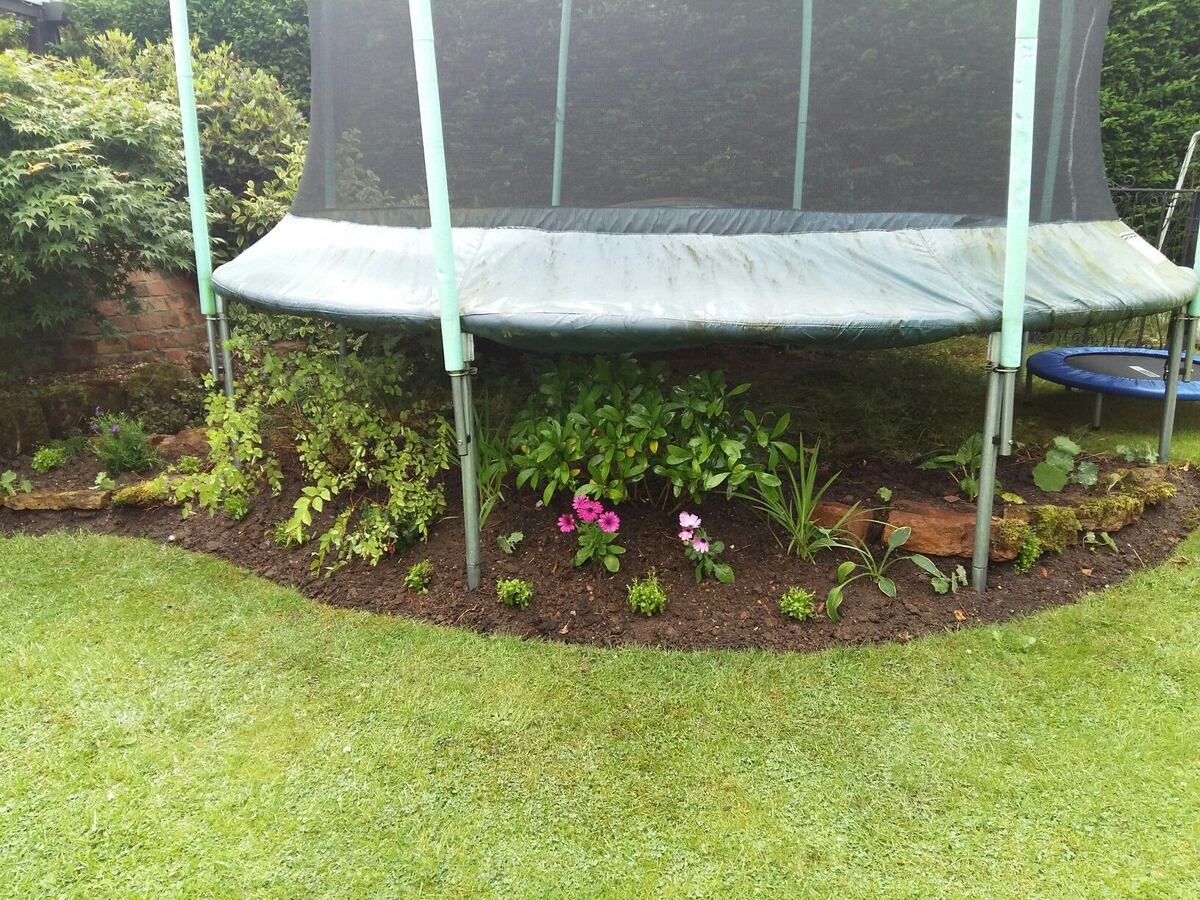

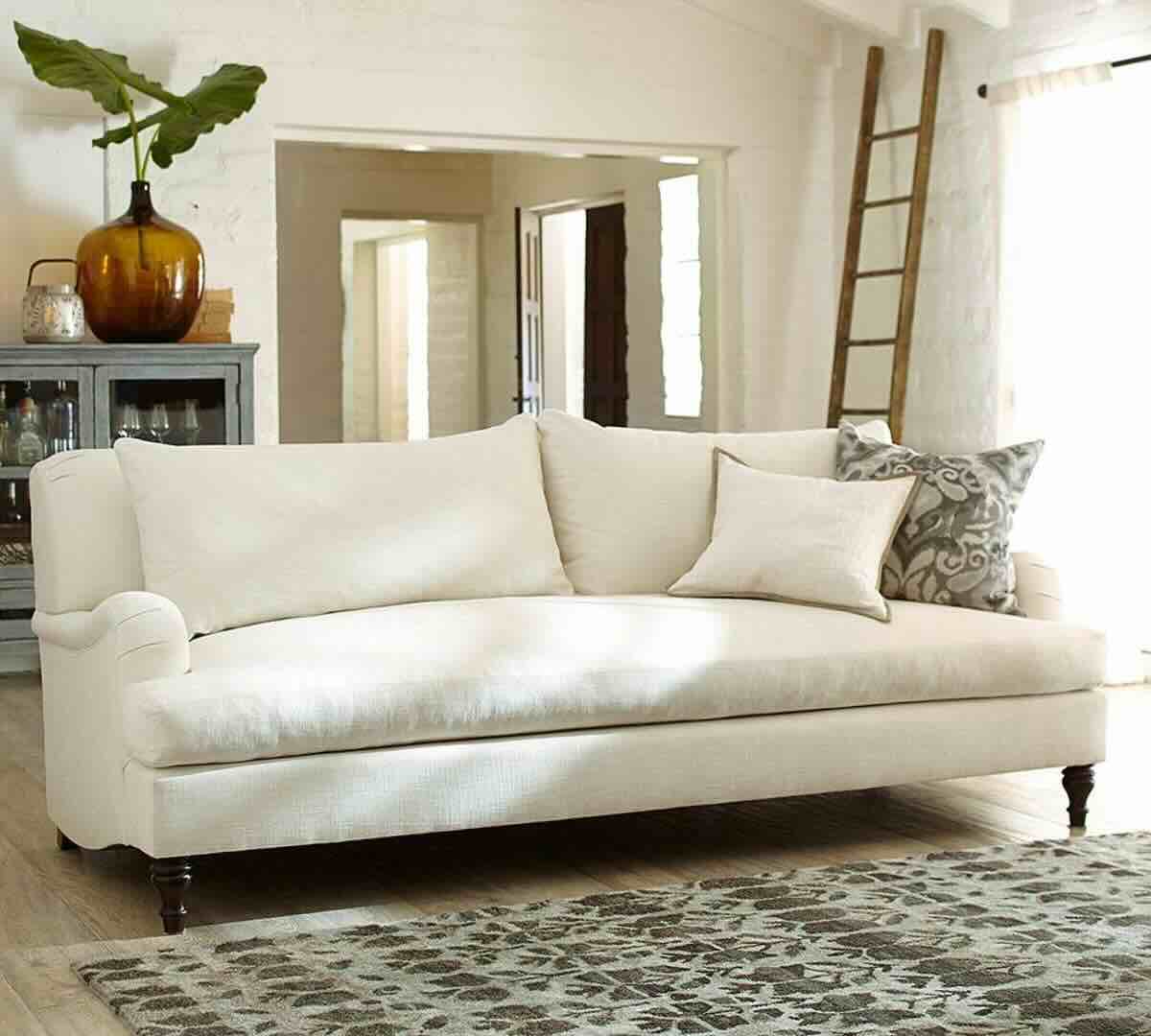
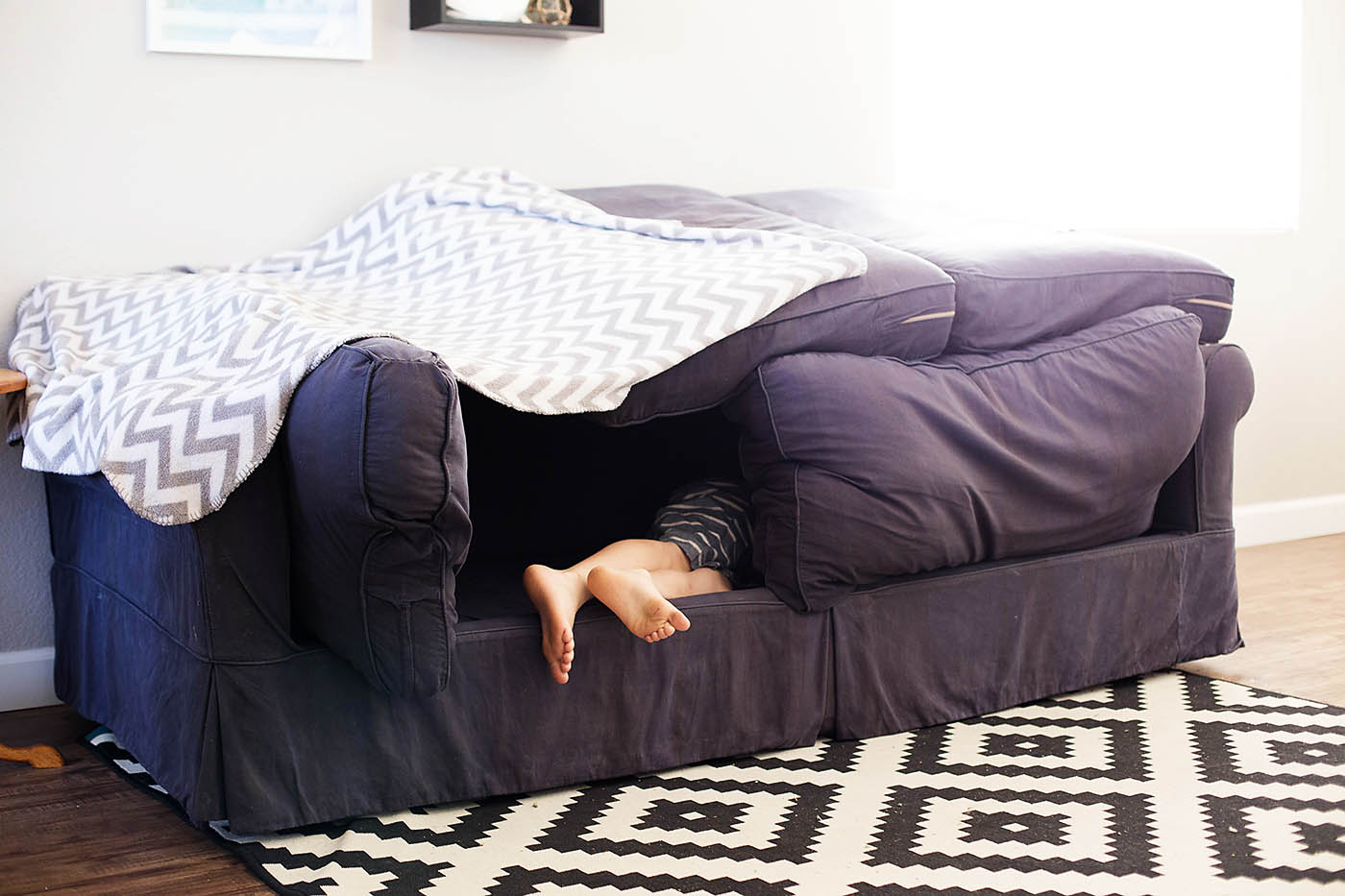
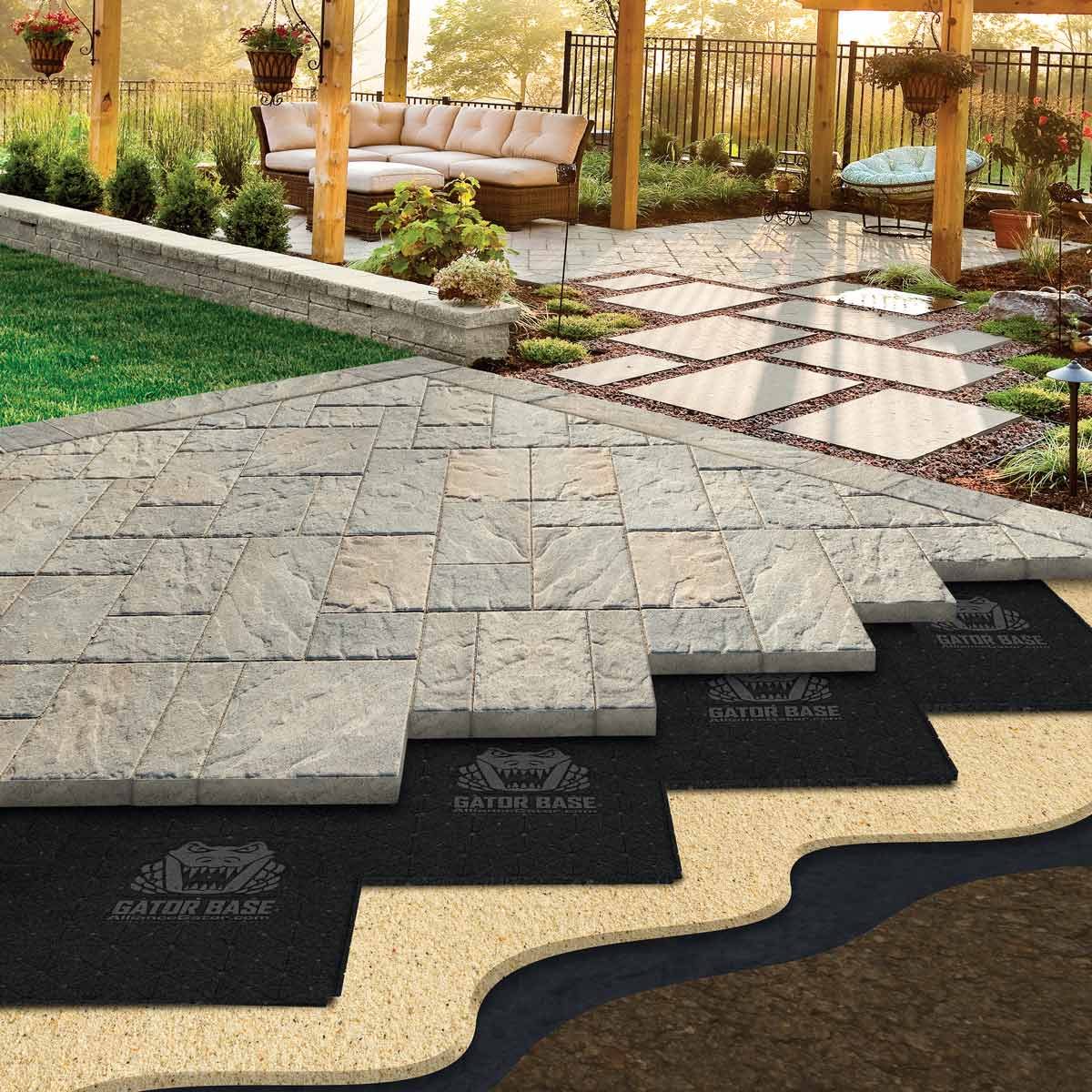
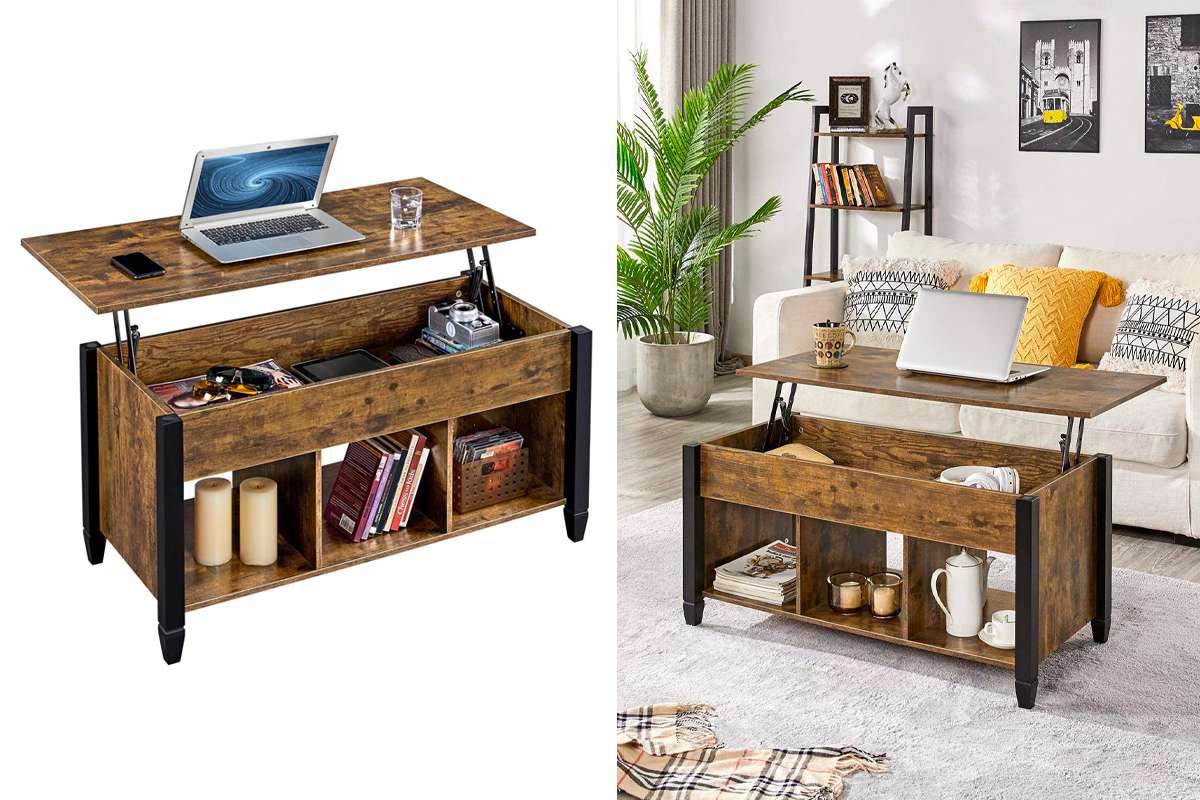

0 thoughts on “What Can I Put Under Couch Cushions For Support”